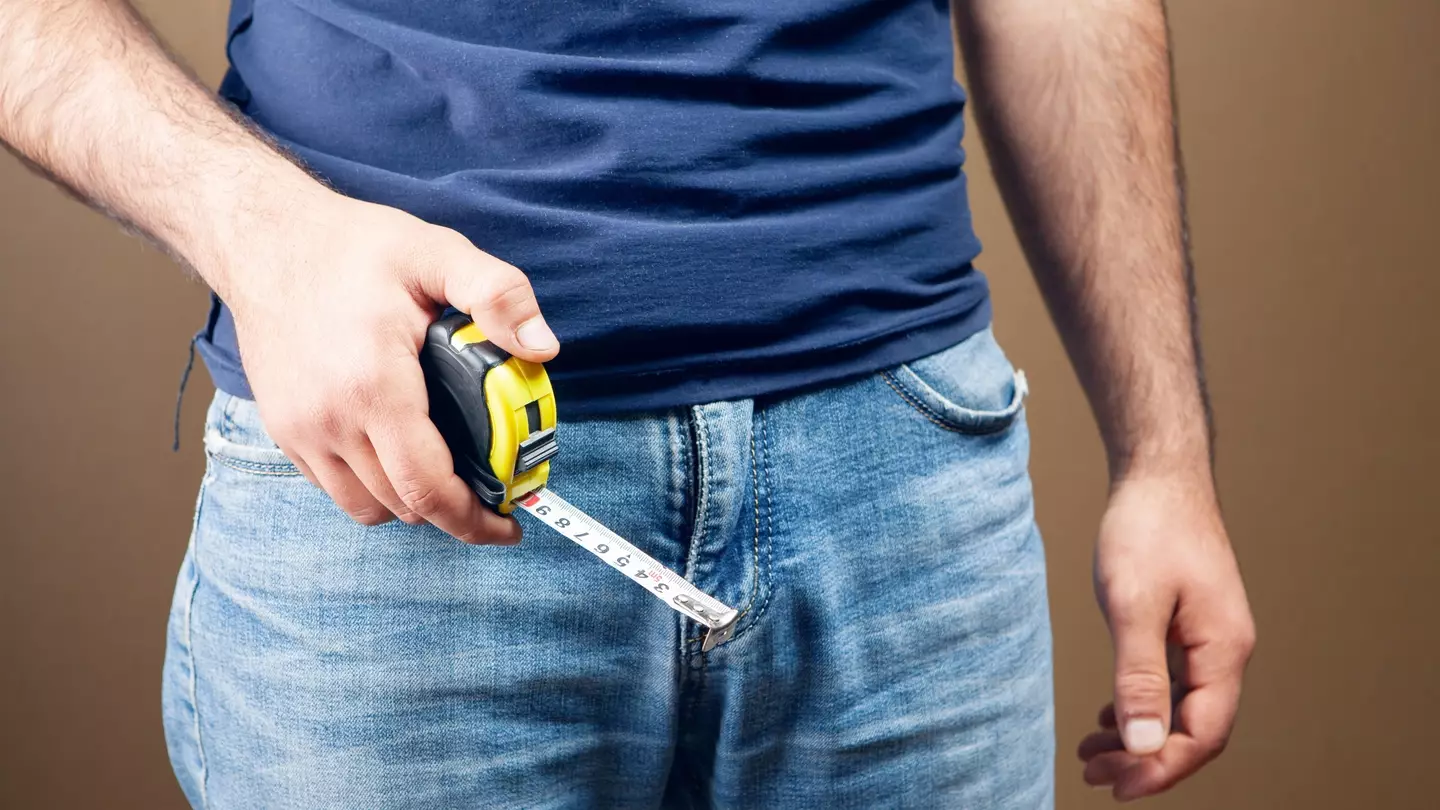A recent study has uncovered an intriguing link between childhood experiences and adult male anatomy. As unusual as it may seem, the environment in which a person was raised could influence the eventual size of their penis.
Reflecting on one’s youth, it might be puzzling to consider how those early years could have contributed to either a longer or shorter member. Perhaps memories of bath time antics come to mind, but this research suggests a more surprising factor at play.
Published in the Journal of Sexual Medicine, the study reveals that upbringing may indeed impact the size of a man’s organ, and unfortunately, not in a positive manner.
Conducted by Vietnamese scientists, the study examined the penis sizes of men attending Hanoi Medical University Hospital.
The researchers explained their motivation for the study: “Penile size has been a subject of medical and cultural interest. Recent studies mainly focus on correlations between limited adulthood factors and penile parameters. While discussing obesity as a critical factor affecting the penis, only the body mass index (BMI) is considered, ignoring other indices. Furthermore, the impact of childhood obesity on penile dimensions has not been well established, leading to a gap in knowledge.”
The study explored whether childhood obesity could affect penile growth. If you were a heavier child, you might be disappointed to learn they found a notable link between larger waistlines in youth and shorter adult penises.
The research spanned 290 men who underwent reproductive health evaluations between June 2023 and July 2024. Childhood photographs were used to assess their weight during youth, while various measurements of their adult anatomy were recorded.
On average, the study found that participants’ penises had a flaccid length of 8.9 cm, extending to 14.4 cm when stretched.
Findings indicated that men who had been obese during childhood generally had shorter penile lengths in adulthood, both when flaccid and stretched.
In contrast, adult obesity did not impact the organ’s actual size, but did influence its perceived size due to the presence of additional fat around the pubic area.
Additionally, the study noted that larger waist and hip measurements correlated with slight variations in size, and circumcision in childhood had a minor negative effect on stretched length.
The authors stated: “Childhood obesity is associated with penile growth, while adulthood obesity relates to the appearance of the penis rather than the actual size. Thus, there is a need for early interventions to mitigate the potentially long-term effects of childhood obesity on penile development.”
While a connection was established, the researchers emphasized the necessity for further study due to the potential for recall bias and errors in their 3D model analysis of childhood photographs.

